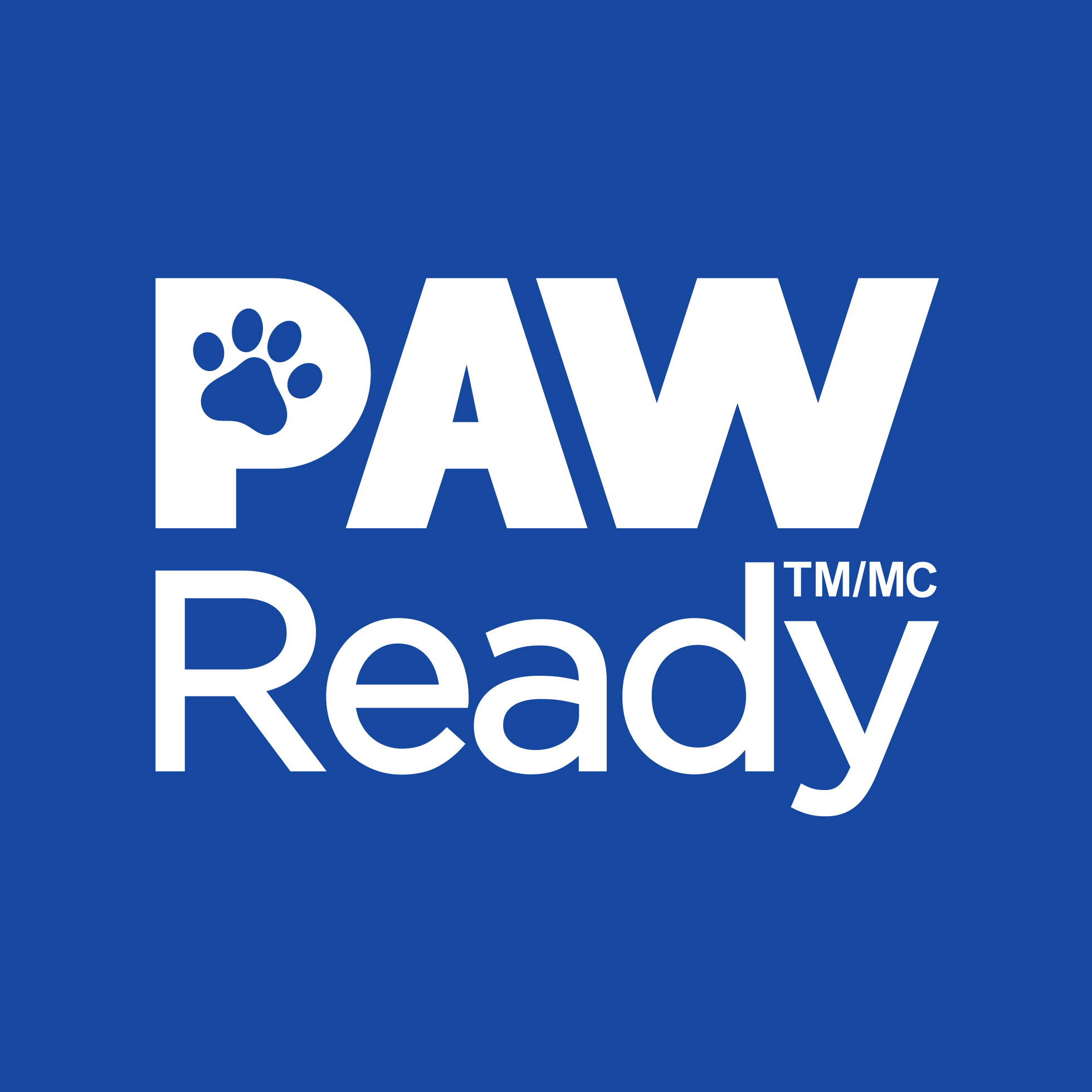The Link Between Doggie Dental Health and Overall Well-Being
Maintaining optimal dental health in dogs is not just about maintaining their goofy, sparkling smiles and preventing odious doggie breath. (Admit it: even the most adorable snout can lose its boopable-ness with stinky breath in play!) It’s intricately linked to their overall health. Understanding this connection – and being proactive about doggie dental care – is crucial for ensuring the longevity and vitality of our furry favorites. The Link Between Doggie Dental Health and Overall Well-Being:
The Problem
Dental Health Issues
Just like in humans, poor oral hygiene in dogs can lead to a range of health issues beyond canine halitosis and discolored teeth or gums:
- The accumulation of plaque and tartar on their teeth is a breeding ground for harmful bacteria.
- This bacterial invasion, if left unchecked, can contribute to more serious conditions, such as periodontal disease.
- Periodontal disease doesn’t only affect the teeth; it can also lead to inflammation and infection in the gums.
- This, in turn, can affect the supporting structures of the teeth and potentially cause tooth loss.
- Periodontal disease doesn’t only affect the teeth; it can also lead to inflammation and infection in the gums.
- This bacterial invasion, if left unchecked, can contribute to more serious conditions, such as periodontal disease.
Overall Health Concerns
More than just these oral health concerns, though, the impact of dental health on a dog’s overall well-being can be significant. Studies have indicated potential links between periodontal disease and various systemic issues, including heart, liver, and kidney diseases.
More specifically, when your pet has gum disease, the bacteria in their mouth can enter the bloodstream and travel to other organs, potentially causing infections and inflammation in the:
- Heart: Research has found connections between oral infections and problems like endocarditis, heart attacks and changes in the brain and heart. Some studies also suggest that gum disease in pets might be linked to a higher risk of insulin resistance, which can also cause many types of heart-related conditions.
- Kidneys: If the bacteria reach the kidneys, they can damage the membranes there, causing them to function improperly.
- Liver: Additionally, these bacteria may bring about changes in the way a dog’s liver functions.
The Solution
To ensure this doesn’t become your dog’s lot in life, regular dental care is essential. This includes both professional dental cleanings by a veterinarian when called for, and ongoing, at-home dental care routines.
At-Home Dental Care
Brushing a dog’s teeth is a cornerstone of preventive dental care.
Unfortunately, if you’ve ever actually tried brushing your dog’s teeth, you know that most dogs don’t exactly embrace this invasion of their space with a wag of their tail and mouths opened wide.
Fortunately, advancements in pet dental care, such as the pawsome PawReady tooth brushing tools designed especially for dogs, have made this process more accessible and less stressful for both pets and parents:
- The BrushMate toothbrush offers dual size angled soft brush heads to gently clean all sizes of teeth. Features include:
a. Angled bristles to help remove plaque buildup and food debris with regular brushing.
b. An ergonomic handle with a flat center to enhance grip control.
c. A long neck – excellent for hard-to-reach areas.
d. Special rubber stimulators to gently massage pets’ gums and remove bacteria from the tongue. - The BiteBlock, meanwhile, helps keep your fingers from getting chomped! (Consider us sold!)
The link between dental health and overall well-being in dogs is undeniable. And while the prospect of keeping your dog’s teeth clean, and any associated health concerns at bay, may seem daunting, it is worth noting that there is one more benefit to regular doggie dental care: done carefully and correctly, using the right tools and approaches, this activity can even serve to strengthen the bond between you and your pooch. True story.
In other words, by brushing up on their oral health you and Fido can reap multi-layered rewards for years to come. Their health – and your olfactory receptors – thank you for it.
Originally published on animalwellnessmagazine.com


Recent Comments